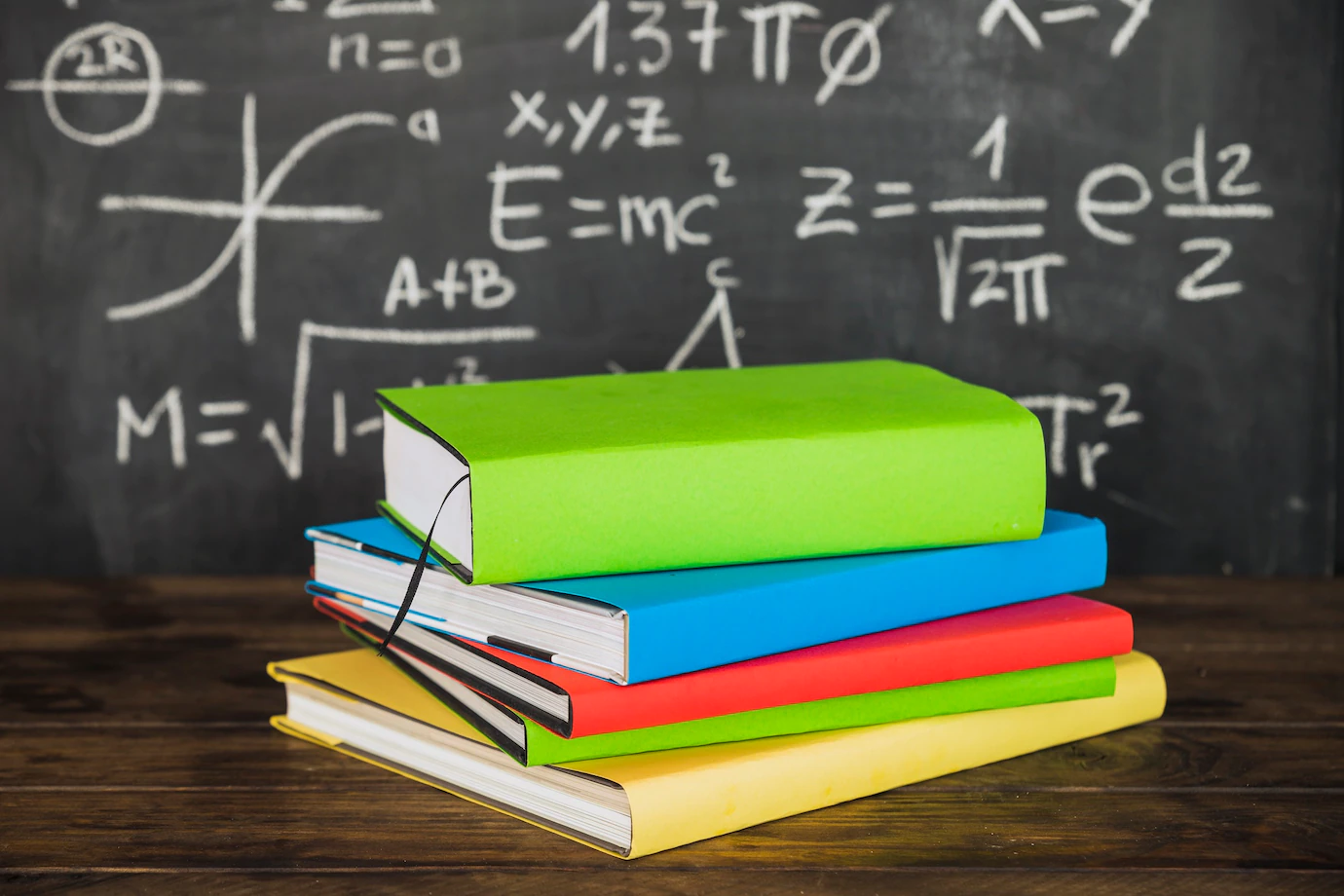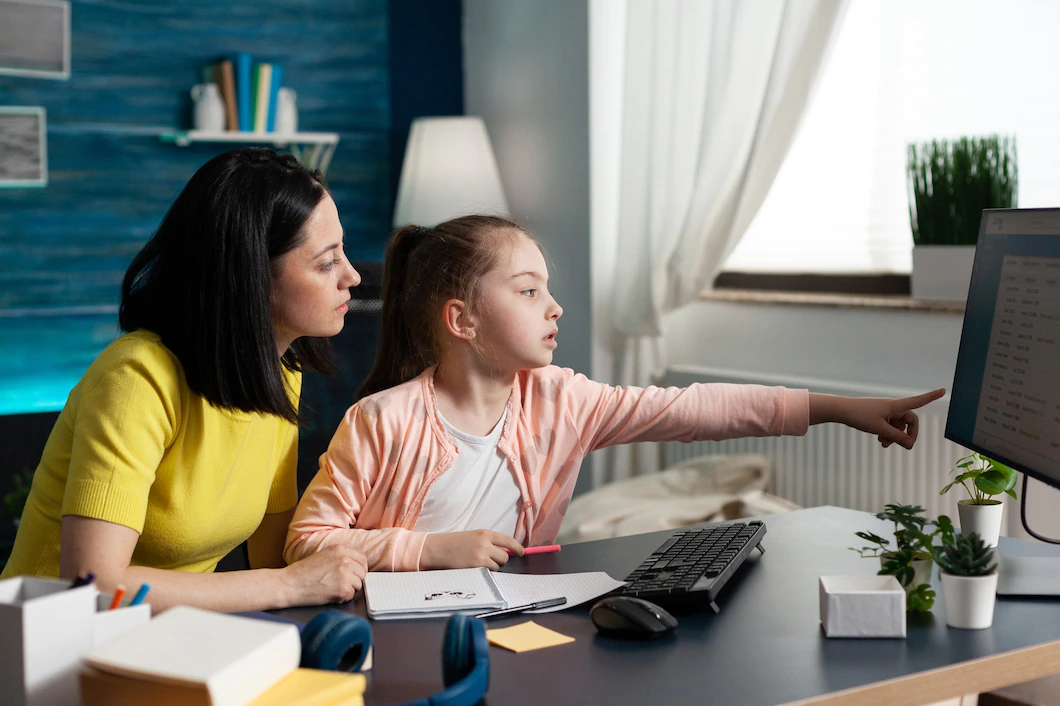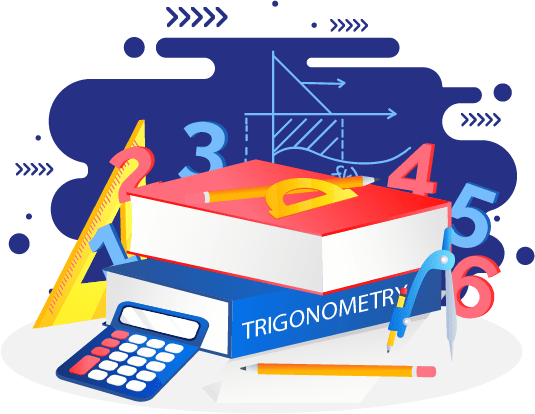5 Learning Strategies Used by Unlock Math Based on the Science of Learning
Viewing Teacher
For students, viewing a teacher's face helps to create a sense of connection and engagement with the material being taught.
In addition, research has shown that when students view a teacher's face while receiving instruction, they are more likely to pay attention and retain the information being taught.
In addition, research has shown that when students view a teacher's face while receiving instruction, they are more likely to pay attention and retain the information being taught.
Retrieval Practice
Retrieval practice strengthens the connections in the brain that store and retrieve information, which leads to improved retention and a deeper understanding of the material. Retrieval practice can be particularly effective when it is spaced out over time, rather than being done all at once. This is because spacing out retrieval practice helps to consolidate the information in long-term memory, making it more likely to be retained over the long term.
Spaced Practice
Spaced practice involves reviewing material on a regular basis, rather than trying to cram all the information into a single study session. Spaced practice has been shown to be more effective than massed practice, which is when all the study or practice is done in a single block of time. This is because spaced practice allows the brain more time to process and consolidate the material, making it more likely to be retained in long-term memory.
Interleaving
Interleaving – involves mixing up the material being studied or practiced, rather than focusing on one topic at a time. Interleaving is an effective way to improve learning and problem-solving skills because it forces the brain to actively process and integrate new information, rather than simply rehearsing the same material over and over. Interleaving is particularly effective when combined with retrieval practice & spaced practice.
Feedback
There are several key principles of effective feedback in the science of learning:
1. Specific and focused.
2. Timely.
3. Objective, based on clear criteria.
4. Actionable, providing students with specific steps they can take to improve.
5. Positive and constructive.
Overall, the use of feedback can be an important part of the learning process, helping students to understand their progress, identify areas for improvement, and make progress towards their learning goals.
1. Specific and focused.
2. Timely.
3. Objective, based on clear criteria.
4. Actionable, providing students with specific steps they can take to improve.
5. Positive and constructive.
Overall, the use of feedback can be an important part of the learning process, helping students to understand their progress, identify areas for improvement, and make progress towards their learning goals.









.png)

.png)
.png)
